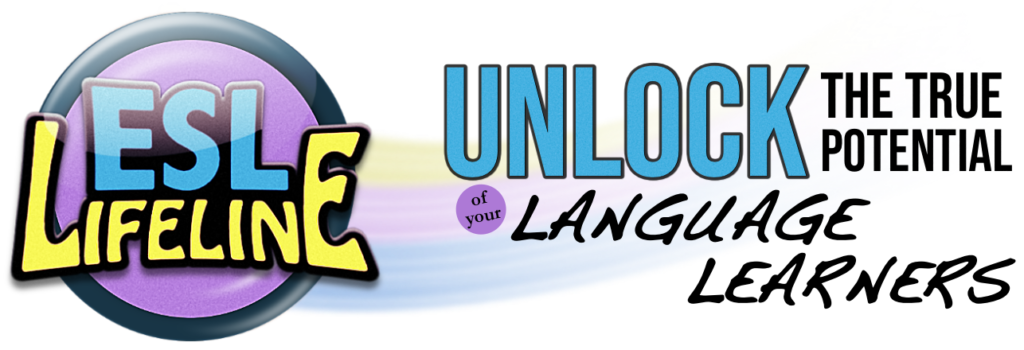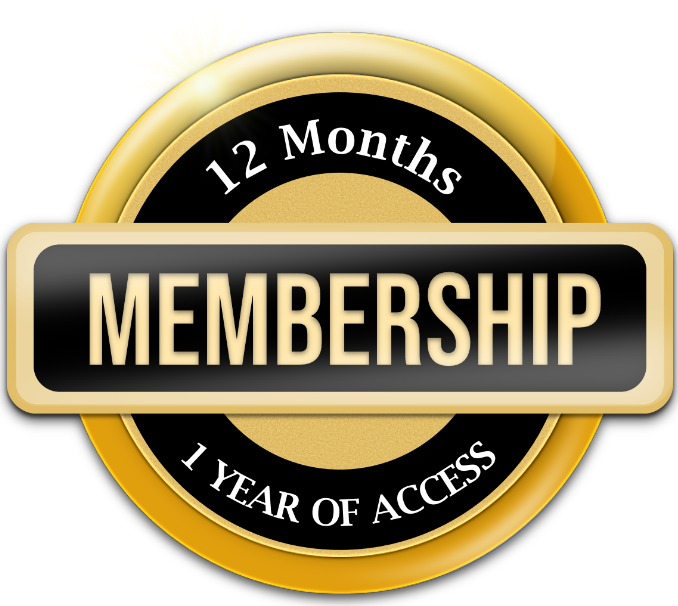This set of worksheets, PowerPoint, activities, and handouts gives you powerful supplemental material for figurative language. Use this package for teaching about the concepts of Metaphors, what they are, how to use them, and how to make one. You’ll love how the visual of an iceberg is used throughout the lesson to anchor the learning into something students can understand.
The PowerPoint and lesson plan provide you with the direct instruction content, and the activities are built into the pacing of the lesson. You’ll get a metaphor matching card game, where students match the first part of a sentence to the last, and a cooperative learning activity that get students comparing two things and creating their own metaphors. There’re even extra handouts that you can give them after the lesson for additional practice or for homework.
Included in the package is also a Metaphor Iceberg Poster, which makes great wall art in any literature classroom!
———————————————————————————————————————————————————————————————————————————
RESOURCE FEATURES
THE STRUCTURE: The PowerPoint compliments the lesson plan, both guiding you through the intricacies of the lesson. The pacing helps you keep your class on track and the scaffolded activities ensure all learners can engage with the content. There are two activities that are set up on the slides themselves and carry over onto worksheets that give additional practice during each stage of the lesson.
CONSENSUS PLACEMATS: Promote positive interdependence, individual accountability equal participation, and simultaneous interaction while practicing metaphors! The consensus placemats are perfect for cooperative learning! Students work in pairs to brainstorm, share ideas, and create their own metaphors. It’s a great way to promote teamwork, critical thinking, and vocabulary development.
MATCHING CARD GAME: There are 40 cards in total. To play the game, all students have to do is match the first part of the sentence (on one card) to the last part (on a different card), which makes a metaphor.
Learning Objectives
Students will be able to:
- Define metaphor and identify examples.
- Analyze metaphors by breaking them down into their component parts.
- Create their own metaphors based on given topics or word pairs.
- Apply metaphors in a creative context, such as storytelling or writing.
- Evaluate the effectiveness of metaphors in conveying meaning and emotion.
- Recognize the importance of metaphors in literature and everyday language.
———————————————————————————————————————————————————————————————————————————
This package includes a zipped file with PDF pages that can be opened using your preferred PDF reader.
There are three files in the zipped file:
- 1 PowerPoint Presentation with 14 slides
- 1 PDF file with 40 Game Cards on 20 pages, metaphor worksheets, consensus placemats, answer keys, and a 4-page lesson plan
- a folder containing 2 Metaphor Posters: 1 is standard A4 size, great for smaller spaces, while the other is 2m x1.5m poster size, which allows you to print it much bigger while maintaining the quality.
———————————————————————————————————————————————————————————————————————————
Terms of Use:
This resource was created by Landon S. Seigler of ESL Lifeline, all rights are reserved. The original purchaser is permitted to use it for a single class only. Teachers have the authorization to share this product with their students (and parents) through email, Google Classroom, or the Internet, as long as the site is password protected. Distribution to your own students is allowed, but uploading it to the Internet for public access and download is not permitted.
**If you wish to use this resource for multiple classrooms or share it with fellow educators, please purchase additional licenses. Your adherence to these usage terms is greatly appreciated.










Reviews
There are no reviews yet.